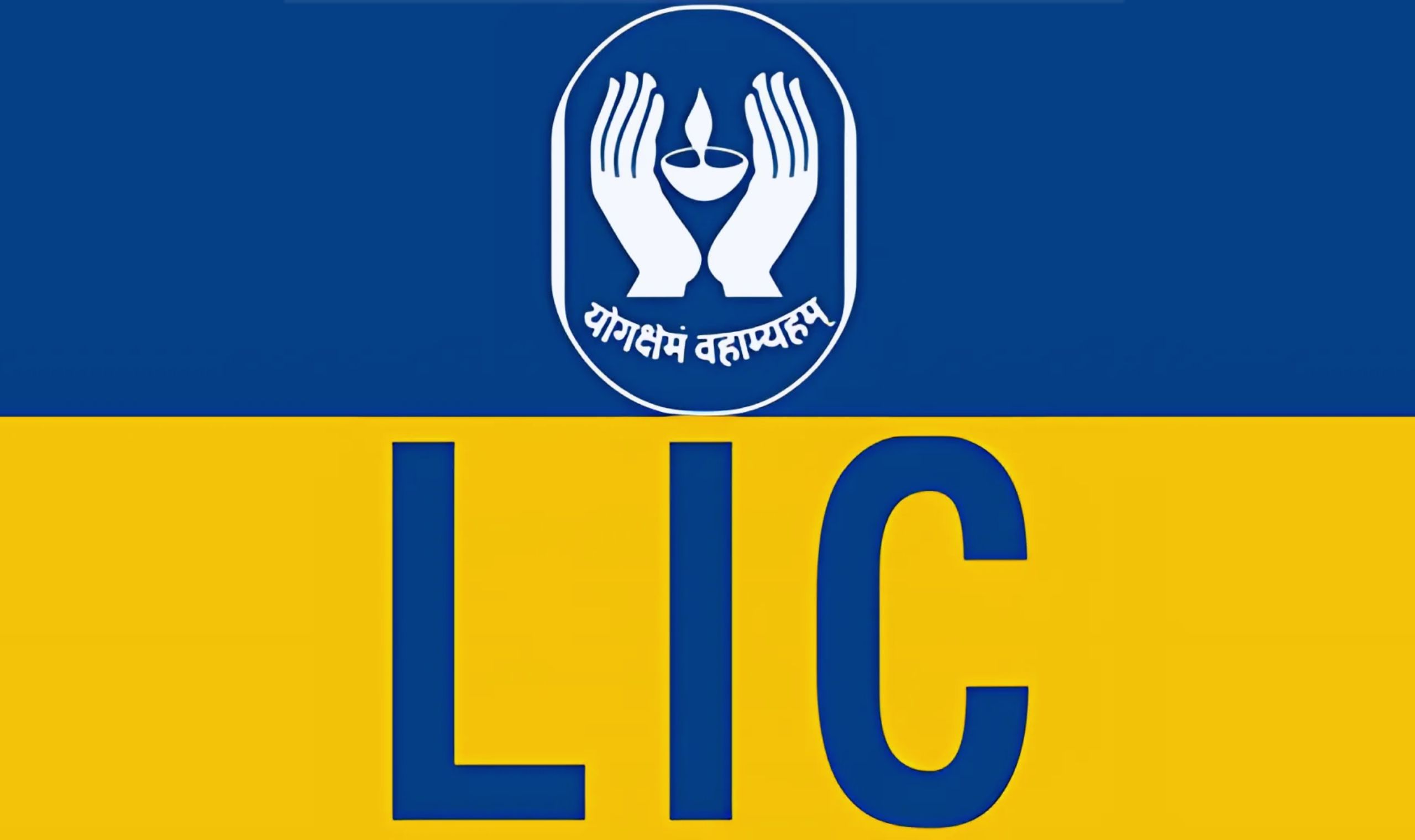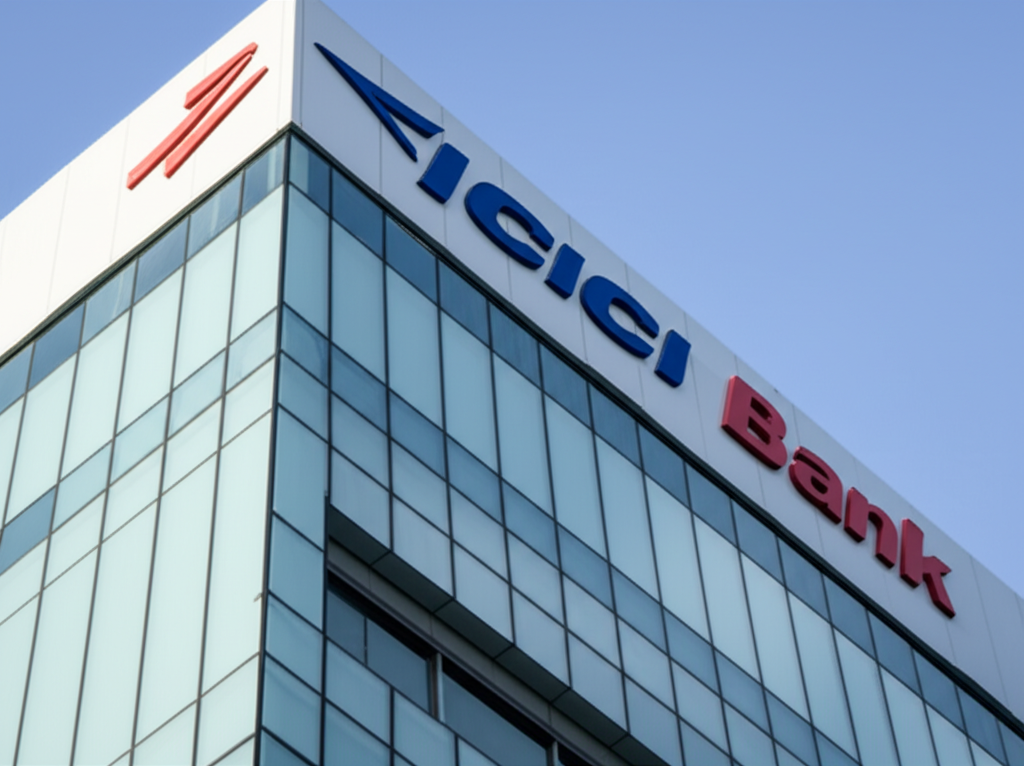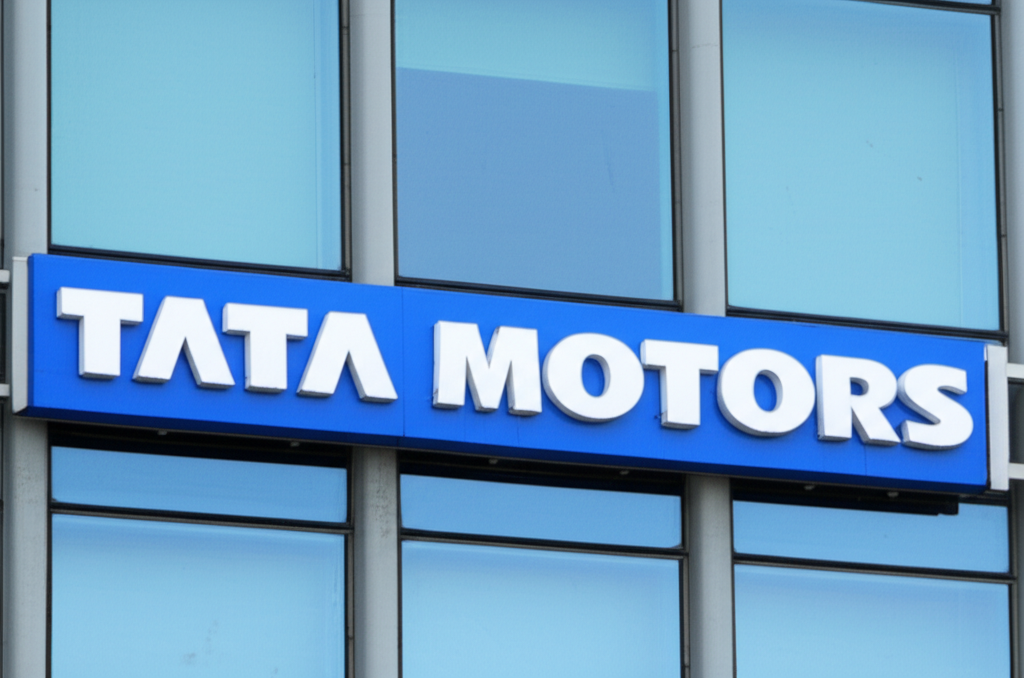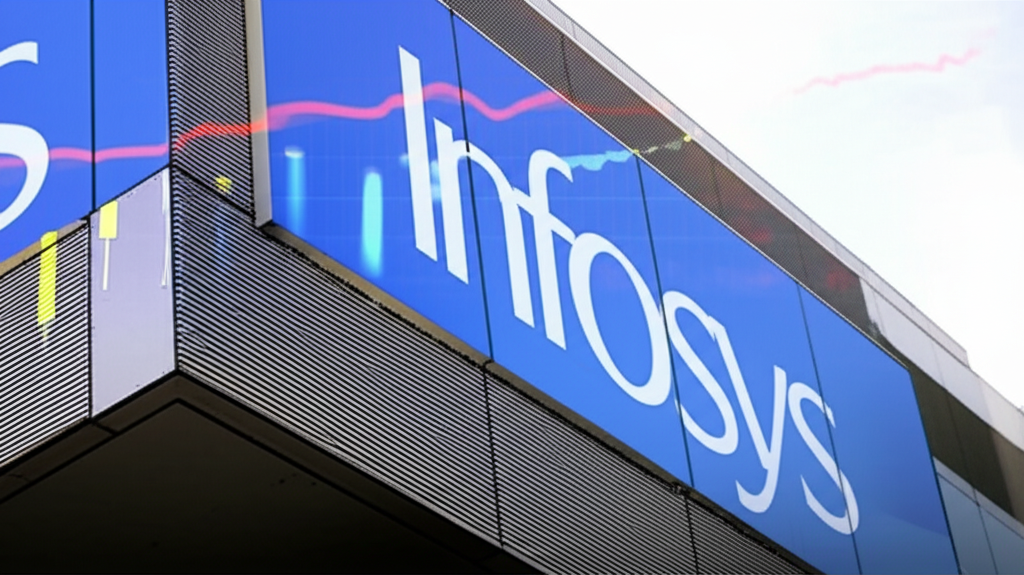India LIC’s Possible is about to experience a new wave in its health insurance sector, with Life Insurance Corporation of India (LIC), the largest state-owned insurance company in the country, planning to acquire a 50 per cent stake in ManipalCigna Health Insurance. This development has the industry abuzz and looking at the future of the dynamics of the sector. As analysts weigh in, they predict that this acquisition could alter the competitive landscape, open new growth avenues for LIC, and impact the market positioning of existing players.
In this blog post, we’ll dive into the potential implications of LIC’s acquisition of ManipalCigna, the current state of the Indian health insurance sector, and what this deal means for both LIC and its competitors like Star Health and Niva Bupa.
The Context: LIC’s Recent Performance and Its Strategic Move
LIC’s interest in acquiring a controlling stake in ManipalCigna comes at a time when the insurer is actively looking for ways to diversify its operations. While LIC has traditionally been a leader in life insurance, it has started exploring other avenues, including health insurance, to ensure long-term growth and sustainability in an increasingly competitive market.
LIC’s Strong Performance in Life Insurance
LIC has performed wonderfully in the life insurance space, which has been growing remarkably for the last few years. It has been able to boost its VNB margins year-on-year by 257 basis points in the September quarter just gone. This puts it in stark contrast with other life insurers like HDFC Life and SBI Life, whose VNB margins have contracted. LIC’s VNB growth for Q2FY25 came at an impressive 47% YoY as its annual premium equivalent growth increased by 25% YoY.
Despite this strong performance, LIC’s stock has not been able to outperform in the market. With a 12% gain so far this year, it is still trading below the IPO price of Rs 949. Investors are still sceptical, which is why underperformance hasn’t stopped the company from expanding its footprint in health insurance.
Why ManipalCigna Acquisition Makes Sense for LIC
ManipalCigna Health Insurance is a relatively smaller player in the market, holding a modest market share of 0.53% as of October 2024. However, its established infrastructure and brand recognition make it an attractive target for LIC, especially given the latter’s ambition to diversify its business into health insurance. The potential acquisition would enable LIC to bypass the complexities of setting up a health insurance division from scratch, which can be capital-intensive and time-consuming.
Here’s why the move makes sense:
1. Leverage Existing Infrastructure and Client Base
One of the primary advantages of acquiring an existing health insurer like ManipalCigna is that LIC can immediately gain an established customer base and infrastructure. This would save LIC from the trouble of building a health insurance business from scratch. LIC already has a huge pool of policyholders across its life insurance division and an extensive agent network. These resources could be utilized to scale up LIC’s health insurance business quickly.
LIC has a large scale and experience in managing large pools of policyholders, which could work in its favour in the health insurance sector. By integrating ManipalCigna’s operations with its own, LIC could offer a wider range of insurance products to its existing customers while ensuring greater operational efficiencies.
2. Capitalize on the Growing Health Insurance Market
The health insurance market in India is growing rapidly, with increasing demand for coverage estimated in the coming years. It has also been observed that there are more and more individuals and families looking for cheaper and more comprehensive options. LIC can position itself to become one of the players in this health insurance sector by taking over ManipalCigna.
The Indian health insurance market is still relatively underpenetrated, especially compared to the maturity levels in developed countries, and this provides an excellent opportunity for LIC to assert its position as a leading participant in the sector with higher awareness and demand for products.
3. Diversification Strategy
LIC has already taken significant strides in diversifying its operations, from its core life insurance business to telecom ventures and renewable energy projects. The health insurance acquisition fits well into the long-term diversification strategy of LIC. Health insurance is a source of stable revenue, especially as India’s healthcare system continues to come under pressure from an ageing population and increasing disease burden.
In addition, by entering the health insurance market, LIC would further diversify its business portfolio, reducing dependence on the highly competitive life insurance market. This would not only stabilize the revenues of LIC but also provide more room for growth, especially as the health insurance market evolves.
The Competitive Impact: What This Means for Standalone Insurers Like Star Health and Niva Bupa
This move of the LIC taking over ManipalCigna has thrown shock waves through the health insurance industry. Though some view it as a positive movement for the LIC, many see this would bring huge challenges to the standalone health insurance operators such as Star Health, Niva Bupa, and Care Health Insurance.
1. Competition from an Integrated LIC
As a diversified player, LIC has several advantages over standalone health insurers. First and foremost, the vast policyholder base and agent network of LIC provides it with a significant advantage in acquiring new customers. Standalone insurers may find it harder to compete with the scale and resources of LIC.
Deepak Jasani, Retail Research Head at HDFC Securities, felt that standalone operators such as Star Health and Niva Bupa are really at a crossroads unless diversified into life insurance. Unless there is branching into life insurance, or some other lines of business as well, the players would look at missing new revenue flows especially when diversified players like LIC get hotter in competition.
2. Margin Compression in the Standalone Health Insurance Segment
Chokkalingam G, MD of Equinomics Research, points out that entry by LIC would compress the margin of standalone health insurance players. With so many players already crowding the market, LIC’s entry as a giant would increase competition manyfold. Smaller standalone players might find it difficult to hold on to their margins in the face of increased competition, especially when LIC uses its financial muscle and agent network to capture market share.
3. Intensification on Small Players
Smaller standalone health players, such as Star Health, Niva Bupa and Care Health, have been suffering from the pressure already at the hands of the large public sector players and general insurers. And now, with the addition of the LIC to the business mix, the competition has intensified more. These smaller players can end up paying more on marketing expenses, and more claims and endeavour to differentiate their products within a cluttered marketplace. If they cannot innovate or expand their business lines, then they will have trouble competing against a behemoth such as LIC.
The Contemporary Landscape of the Health Insurance Market
Standalone health insurers in India had an overall market share of 11.57% as of October 2024, when general insurers dominated the market at 85%. Among the standalone players, Star Health stood first with a market share of 4.93%, Care Health at 2.65%, Niva Bupa at 2.05%, and ManipalCigna at 0.53%. Despite its small market share, LIC will find ManipalCigna’s established infrastructure and partnerships attractive for its acquisition.
Standalone players are the hardest hit in this scenario, and it is hard for many to achieve market share and increase business. The health insurance industry in India is largely unorganized with a high number of joint ventures, small players, and new companies entering the market. These new challenges would make the entry of such a giant as LIC a tough affair for standalone players.
What Next in the LIC and Health Insurance Sector?
As LIC further moves along the line towards the proposed acquisition of ManipalCigna, various regulatory obstacles and other kinds of obstacles will befall it. The company shall have to seek regulatory approvals concerning the transaction. For the deal to go through, the completion of an open offer is also required within the regulations of SEBI about takeover rules. The business will require integration of ManipalCigna’s operations into its business structure such that the merged group remains market-competitive.
For investors, it may be a sign of major growth potential in the health insurance sector, but this comes with risks. Competitive dynamics in the health insurance sector will continue to evolve and LIC’s entry into this space will undoubtedly increase pressure on smaller players. Investors should keep a close eye on the progress of the acquisition, as well as the overall health insurance market trends, as these will shape LIC’s future performance in this space.
Conclusion (LIC’s Possible)
LIC’s potential acquisition of a 50% stake in ManipalCigna is a watershed moment in the Indian health insurance space. This would enable LIC to scale rapidly in an emerging market, leveraging its significant resources to achieve scale. For standalone insurers like Star Health and Niva Bupa, this may be the start of increased competition and margin compression.
Though it is a positive development for the growth of the company, the impact on the larger market will be huge. Independent health insurers will feel a growing challenge, and competition intensity in the sector will just heighten as LIC uses financial muscle and a vast network to disrupt the market.
For investors, what can be taken away is the fact that the growth prospect for LIC is now dependent more than ever on being a significant player in the health insurance segment. With this well-structured infrastructure already set by ManipalCigna, LIC is well-prepared to take on stiff competition, but the changing tides in the competitive field have to be closely watched to identify its complete long-term significance.















0 Comments